Inverness has welcomed the woman behind a massive 72% rise in tourism numbers to the Highlands, and the creation of a global brand which will continue to draw visitors to the north for decades to come.
She’s Diana Gabaldon, of course, author of nine Outlander novels, with a 10th under way; collaborator on six TV series based on her creation, with a seventh and eighth currently filming.
Gabaldon wears her 70 years, huge success and prodigious output extremely lightly.
Blessed with striking looks from her Hispanic background, she has the radiant beauty of someone far younger, her wide-set hazel eyes crackling with intelligence and vitality.
On Saturday October 15 she gives an audience at Eden Court theatre, with 600 tickets gone so far, including the 27 members of Inverness Outlanders, her local appreciation group.
How did someone with such a strong science background – high level degrees in zoology, marine science and animal behaviour – morph into the time-travelling romance/mystery/adventure stories which are Outlander?
And then set it in Scotland when her heritage is New Mexican/English?
Diana Gabaldon knew from the age of eight she would write novels
It turns out that Doctor Who holds some of the responsibility.
Diana was working in the brand-new world of micro-computers in the 80s, alongside her husband Doug Watkins.
She had adopted the technology so well that she was soon in demand to teach others keen to get up to speed.
One afternoon Diana found herself with a spare four hours of expensive paid-for internet time, and joined a literary forum, something like a 24/7 literary cocktail party.
She said: “From the age of eight I knew I would be a writer of novels, although thanks to my father’s insistence, I started a ‘proper’ career.
“He was convinced a daydreamer like me would end up marrying a bum and wanted to save me, that’s really why I went into science.
“Anyway, I hung around the literary forum for quite some time, turned 35 and thought to myself, well Mozart was dead at 36, if you want to write a book maybe you’d better get started.”
The proverbial blank page stared back, and Diana had no idea what she was going to write about.
She said: “I was thinking what was the easiest possible thing I could use as the basis for a novel, I wasn’t going to show it to anyone, it didn’t matter, I just wanted to learn how to write a novel.
“I thought about historical fiction, I’m a researcher, I know how to find my way around a library, I can look things up and if I don’t have any imagination, I can steal things from the historical record.”
But why Scotland?
“That’s all Doctor Who’s fault,” Diana went on. “I was watching one of the really old Patrick Troughton episodes in which he picked up a young companion from earth’s history, taken off Culloden field, a young Highlander in his kilt, and I was thinking, that’s rather fetching.
“I found myself thinking about it the next day in church. That’s how it started, a man in a kilt.”
The first Outlander book was published in 1991 and, as of January 2022, the nine books in the series plus several spin-off novels have been published in thirty-eight languages and sold in 114 countries.
In 2014, Outlander was adapted for television by Sony Pictures Television and has become a worldwide favourite with fans all across the globe.

Outlander follows the story of a married English World War II combat nurse who mysteriously travels back in time to 18th century Jacobite Scotland where she is forced to marry Scottish Highlander, Jamie Fraser, whom she eventually falls in love with.
The early storylines follow the characters up to and beyond the Battle of Culloden in 1746, and the ninth book in the series, Go Tell The Bees That I Am Gone, is set in the US in 1779 and 1780 as the American Revolution enters its final phase.
Diana may reveal more about her 10th book at her event at Eden Court but for now she’s happy to hint at the direction it’s taking.
She said: “It picks up from the way that the last book ended in which Jamie Fraser’s illegitimate son, who knows he’s Jamie’s illegitimate son and is not happy about it, shows up at Fraser’s Ridge, asking for help to save Lord John in the middle of the Revolutionary War.
“Knowing Jamie, we know he’ll give it.
“There are at least five story lines, including the introduction of a gay time-traveller with a social agenda.”
Could Diana Gabaldon’s next Outlander book be the last?
Rumours abound that this will be the last Jamie and Claire book, but Diana’s not so sure.
“It depends how long I live,” she says. “I don’t plan the stories ahead of time and I don’t write in a straight line, I write where I can see things happening and then little by little, I glue them together.”
Diana picks up on little details and observations of things that surround her.
Sitting in the Bishop’s Palace at Eden Court, she said: “I write when the words show up.
“I’ll be thinking of something and I’ll pick up on some little thing, like one of those bishops there—“ she points to information panels nearby—“from the 18th century, I’ll think that’s an interesting name, and I’ll start wondering what he was doing in the 18th century and go and look at the biography and start with that with that, like ‘Roger was dreaming about leading the choir at the old church of Inverness and missing those days because he’s sitting in this half built tiny little church on the ridge dealing with some parochial problem…’ ”
It’s clear that Outlander and its characters are never very far from the volcanic imagination Diana Gabaldon harbours within.
There are sure to be more revelations tomorrow night at the Empire Theatre.
For more information and tickets for An Audience With Diana Gabaldon go here.
You might also like…
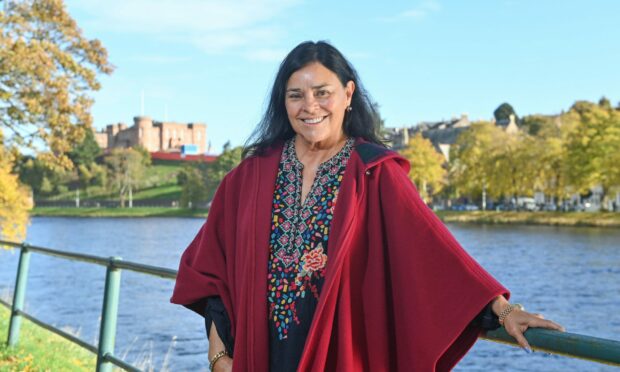
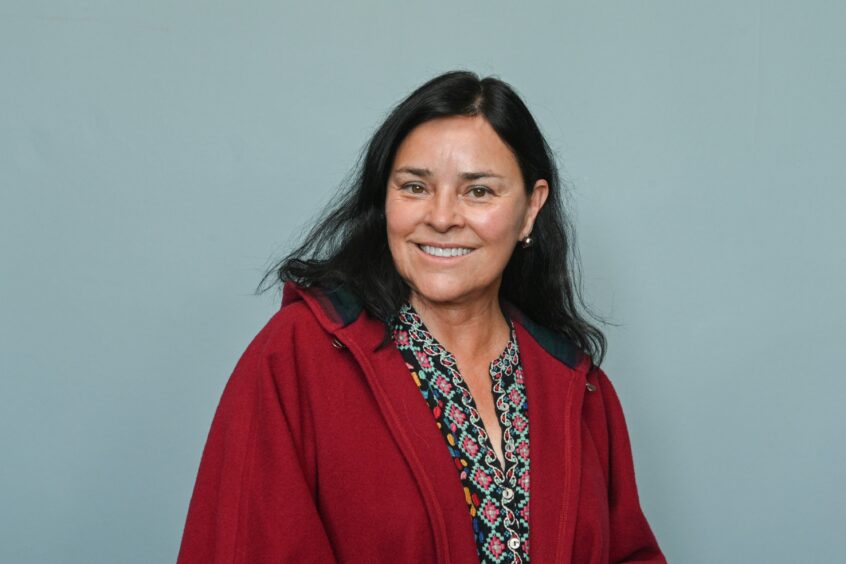
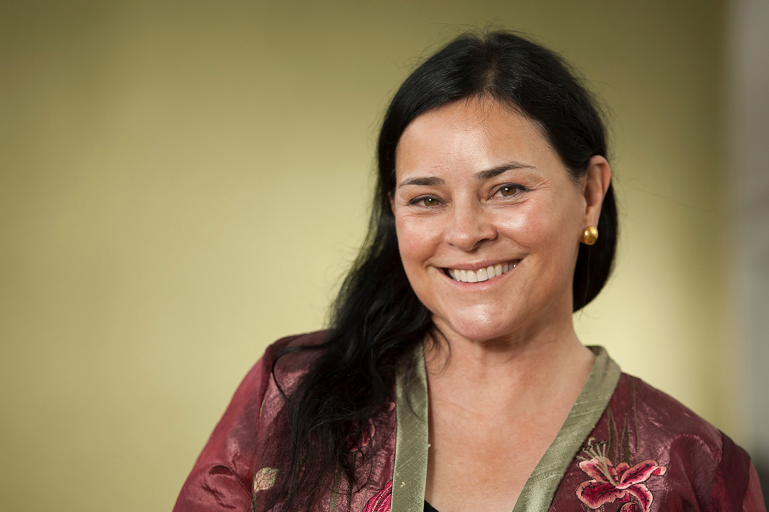
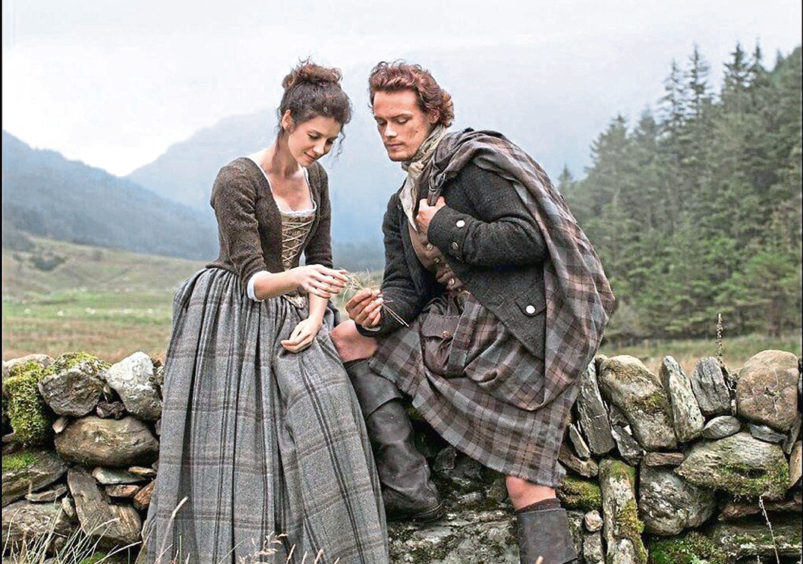
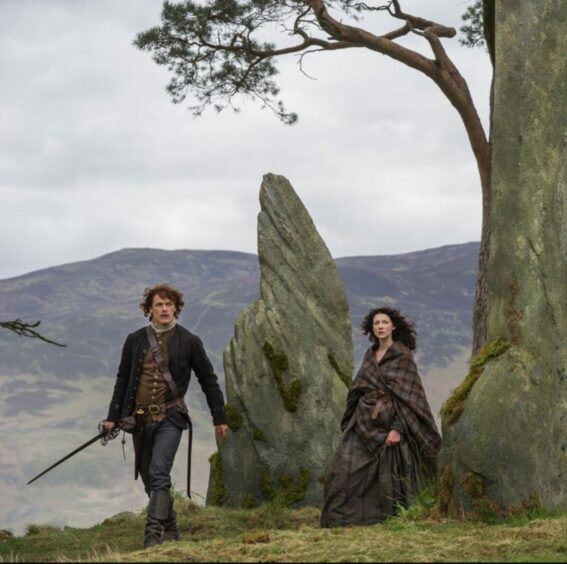

Conversation